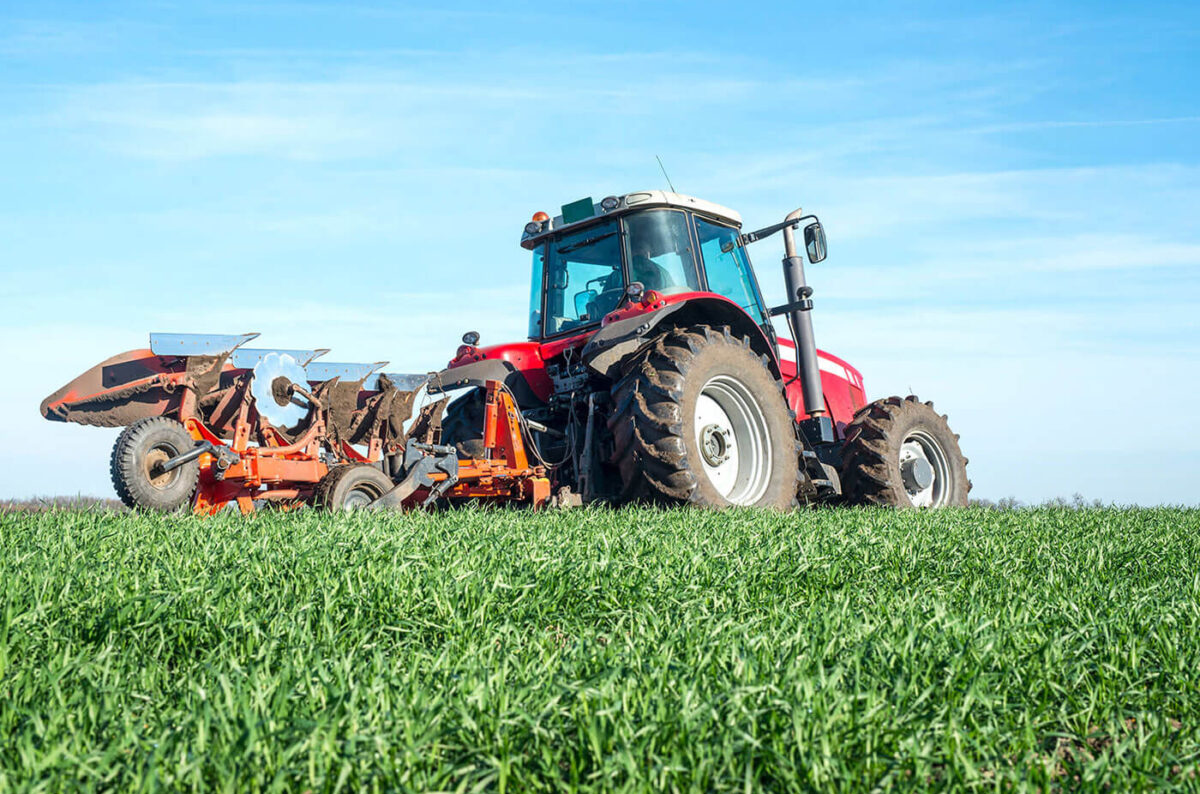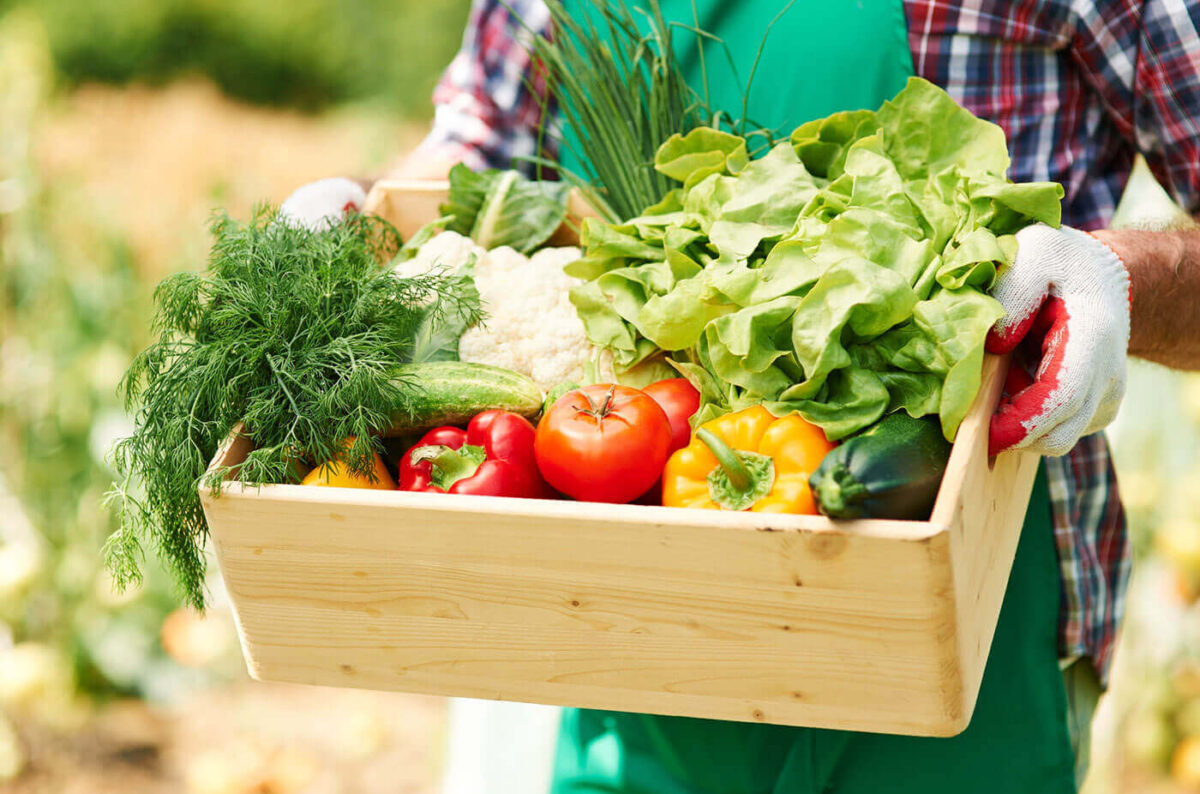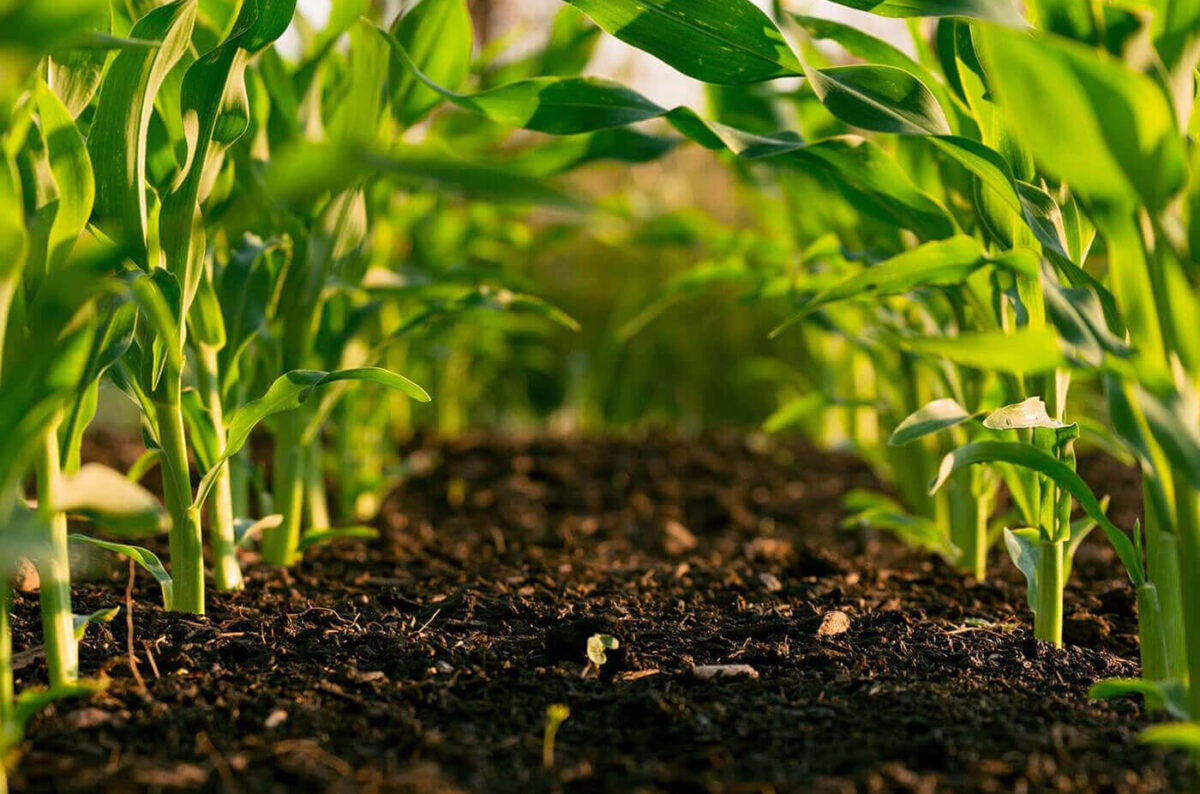
- Agriculture
- February 23, 2023
In the rugged landscapes of Scandinavia, where the growing season is short and fertile soil can be scarce, innovation has always been essential for agricultural success. Now, researchers and entrepreneurs across Norway, Sweden, Denmark, and Finland are pioneering a groundbreaking approach to a fundamental resource we often take for granted: soil itself. ReEarth, as the collective initiatives have come to be known, represents a paradigm shift in how we think about creating growing media from what was once considered waste.
The Soil Crisis and Circular Solution
Conventional soil production faces mounting challenges—from peat bog depletion and the resulting carbon emissions to the intensive mining of minerals and transportation of heavy materials across continents. Meanwhile, many industries generate “waste” materials with properties that, when properly processed and combined, can create growing media that rivals or even exceeds the performance of conventional soil.
The ReEarth concept emerged from the intersection of several Scandinavian strengths: environmental consciousness, circular economy innovation, and the pressing need for locally-produced growing media in a region with challenging growing conditions.
The Components: From Waste to Resource
What makes the Scandinavian approach distinctive is both the unexpected source materials and the sophisticated processes used to transform them:
Wood Industry Byproducts
Refined Sawdust and Bark: Unlike raw sawdust which can deplete nitrogen as it decomposes, Scandinavian timber operations process wood residues through proprietary aging and inoculation methods. Swedish forestry company Sveaskog has pioneered techniques that pre-compost these materials with specific fungal cultures, creating a stable, nitrogen-neutral fiber base.
Wood Ash: Carefully processed ash from clean wood burning provides essential minerals and helps adjust pH. Danish company AgroTech has developed methods to remove heavy metals and standardize mineral content.
Fishing Industry Residuals
Processed Fish Waste: Norway’s extensive fishing industry generates substantial organic byproducts. Companies like Marine Harvest now divert fish processing residuals to specialized facilities where they undergo enzymatic breakdown and stabilization, creating a rich source of nitrogen, phosphorus, and micronutrients.
Seaweed and Algae: Harvested from managed ocean forests or from algae bloom mitigation efforts, these materials contribute unique growth-promoting compounds and trace elements after specialized composting.
Urban Waste Streams
Biochar from Municipal Green Waste: Cities like Helsinki and Copenhagen have invested in pyrolysis facilities that convert urban tree trimmings and park waste into biochar—stable carbon structures that improve water retention, host beneficial microorganisms, and sequester carbon for centuries.
Processed Food Waste: Using sealed fermentation systems developed at the Technical University of Denmark, food waste is transformed into pathogen-free nutrient sources.
Industrial Byproducts
Rock Wool Recovery: The substantial rock wool insulation manufacturing in Denmark generates cuttings and off-spec material that, when properly processed, provides excellent aeration and water-holding properties.
Paper Mill Residuals: Finland’s paper industry produces mineral-rich residuals that, after appropriate treatment, contribute structure and calcium to the soil blends.
The Process: Beyond Simple Mixing
What distinguishes ReEarth from earlier attempts at recycled growing media is the sophisticated integration process:
Microbial Engineering
The soil blends undergo a carefully monitored biological activation period where specific beneficial bacterial and fungal communities are established. These microbial consortia are tailored to:
- Break down complex compounds into plant-available nutrients
- Create soil structure through microbial glues and aggregation
- Suppress potential pathogens through competitive exclusion
- Form mycorrhizal networks that enhance plant nutrient uptake
Researchers at the Norwegian University of Life Sciences have identified specific microbial communities adapted to northern growing conditions, creating what they call “probiotic soil” with remarkable disease-suppressive properties.
Physical Processing Innovation
Physical processing goes far beyond simple grinding and mixing:
- Steam-Explosion Technology: Adapted from the biofuel industry, this process opens cellular structures of woody materials, making them more receptive to microbial colonization
- Precision Particle Engineering: Components undergo sorting and shaping to create ideal pore space distribution
- Clay-Organic Complex Formation: Natural clay minerals are incorporated using methods that create stable organo-mineral complexes similar to those in mature natural soils
Quality Assurance Through Sensors and AI
Perhaps most revolutionary is the implementation of continuous quality monitoring systems:
- Embedded sensor arrays track oxygen levels, moisture dynamics, and nutrient availability
- Machine learning algorithms predict performance based on thousands of test batches
- Automated adjustment systems fine-tune formulations based on real-time measurements
Stockholm-based startup Sensgreen has developed specialized sensor technology that allows batch-specific optimization, ensuring consistent performance despite the inherent variability of recycled input materials.
Performance and Applications
The resulting growing media isn’t merely an environmental alternative—it frequently outperforms conventional options:
Urban Agriculture and Rooftop Growing
The lightweight formulations (30-40% lighter than conventional soils) make ReEarth ideal for rooftop gardens and urban farming. In Copenhagen’s DYRK urban farm network, these soils have enabled the conversion of 25 formerly structural-restricted rooftops into productive growing spaces.
Greenhouse Production
Swedish greenhouse tomato producers report 8-15% yield increases when using specific ReEarth formulations, attributed to enhanced disease resistance and superior water management. The consistent quality has allowed for precise fertigation protocols that reduce fertilizer use by up to 30%.
Land Restoration
Modified versions have proven exceptional for rehabilitating mining sites and degraded land. The Finnish Land Rehabilitation Initiative has used ReEarth materials to successfully revegetate former peat extraction sites, achieving 80% faster establishment rates compared to conventional approaches.
Carbon Sequestration
The stable biochar component and long-lived organic complexes make ReEarth a meaningful carbon sequestration approach. Each cubic meter can sequester up to 40kg of CO₂ equivalent for decades to centuries.
Economic and Scaling Considerations
Beyond environmental benefits, the ReEarth concept presents compelling economics:
Localized Production
Unlike conventional soils that often travel hundreds or thousands of kilometers, ReEarth facilities are designed to operate within 100km of their input sources and markets, reducing transportation emissions and costs by an estimated 60-80%.
Job Creation in Rural Communities
The first five commercial-scale facilities across Scandinavia have created approximately 230 skilled jobs, many in rural communities experiencing economic challenges from declining traditional industries.
Premium Market Positioning
Though production costs are roughly comparable to conventional premium potting soils, the superior performance and sustainability credentials command 15-20% price premiums in commercial markets and up to 40% in consumer segments.
Future Developments and Global Potential
The ReEarth concept continues to evolve, with several exciting directions:
Bioregional Adaptation
The framework is being adapted to different bioregions and waste streams. A Mediterranean variant utilizing olive processing waste and desalination brine is under development in Spain, while a North American version incorporating agricultural residues from the corn belt is in pilot phase.
Specialized Formulations
Beyond general-purpose growing media, highly specialized formulations are emerging:
- Custom blends for specific crop families
- Therapeutic soils with enhanced microbial profiles for urban wellness applications
- Bioretention soils for stormwater management with pollutant remediation capabilities
Carbon Credit Integration
Several ReEarth producers are now participating in carbon markets, with third-party verified methodologies for quantifying the climate benefits of both the sequestered carbon and the avoided emissions from conventional soil production.
Conclusion: Soil as a Technology Platform
The Scandinavian ReEarth concept represents far more than an eco-friendly alternative to conventional soil. It embodies a fundamentally different way of thinking about growing media—not as a extracted resource to be depleted, but as an engineered product that can improve with each generation while closing material loops and sequestering carbon.
As one of its pioneers, Dr. Linnea Sundström of the Swedish Agricultural University, puts it: “We’ve stopped thinking of soil as something we use and started thinking of it as something we create and continuously improve. In that shift lies the potential to transform not just how we grow, but our entire relationship with the materials that flow through our society.”
In the harsh northern environments where this approach was born, necessity has truly become the mother of invention—creating a soil revolution that promises to spread far beyond Scandinavia’s borders.
Would you like to learn more about sustainable soil alternatives or share your experiences with recycled growing media? Join the conversation in the comments below!














